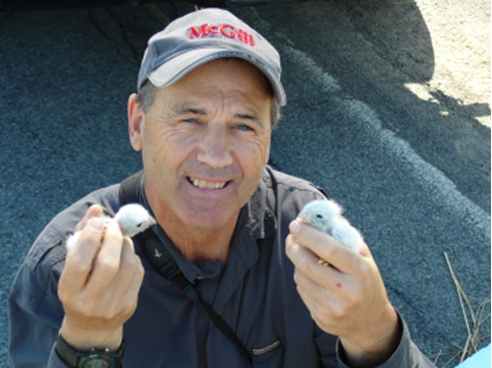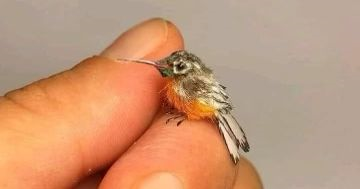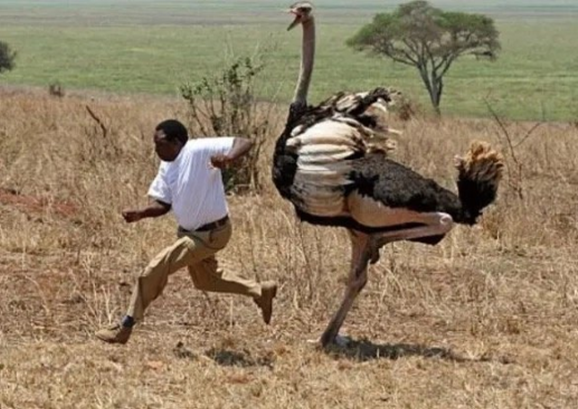If you missed the guest speaker, Dr. David Bird speaking about “American kestrel—common or scarce” you missed a great presentation and some very interesting thoughts on why the American kestrel is becoming more scarce. So the following information supports and offers some interesting opinions: and it is not all dismal. So the Wild Bird Store Birding News will present this editorial over the next four months. Below is part 1:
Students and faculty walking near University Hospital in London. Ontario in December 2023 were treated to an unusual sight—five out-of-season baby geese and their parents. Apparently confused by unseasonably warm weather, the adult geese had nested and bred months before the onset of spring.
It was a cute story, but with a bittersweet end. Three of the goslings quickly disappeared, apparently eaten by predators. The other two were taken into care by an animal sanctuary when it seemed likely they wouldn’t survive the winter. The story of the winter goslings is just one small example of the effects climate change is having on birds around the world. Even as they suffer from habitat destruction, pollution and other threats, they face increasing danger from changes caused by the climate crisis. At Western University researchers are tackling questions vital to the survival of birds, Their work ranges from the basics of bird physiology to creating global radio networks to track birds as they migrate around the world. “You have to understand the fundamental biology, the physiology, the mechanisms. And then you can figure out when the environment changes, why the bird responds the way it does,” says Christopher Guglielmo, biology professor at Western and director of Western’s Centre for Animals on the Move. “We’re interested in the fundamentals. But we’re doing this because we care about birds,” he says.
WINGED WONDERS
Birds are some of the most successful animals on Earth. They evolved from small, meat eating dinosaurs that existed more than 150 million years ago, gradually sprouting feathers, growing wings from forelegs, and developing a number of other adaptations that helped them to thrive as flying animals. Today there are 10,000 species of birds, ranging from the tiny two gram Bee hummingbird to the 140 kilogram Ostrich.
Birds have exquisitively tuned physiologies—from feathers to hollow bones, from powerful hearts to extra efficient lungs—that they need to let them perform the implausible trick of heavier than air flight. Even today’s flightless birds are descended from birds that once flew.
Birds range from seed eating vegetarians to meat-eating predators; from forest dwellers who live in the same small range their entire lives to birds that fly between continents. The Arctic tern, for instance, travels 90,000 kilometres every year as it chases summer from the Antarctic to the Arctic and back. The tiny Black-capped chickadee, on the other hand, stays put through the Alaskan winter, putting on fat every day and burning it to stay alive during the frigid 18-hour night.
But despite their success, today one in eight bird species is threatened with extinction, and most others are seeing their populations decline, according to the international conservation organization BirdLife . In North America alone, the total number of individual birds has declined by almost three billion since 1970—a 30 per cent drop!
Continued on next page…..






